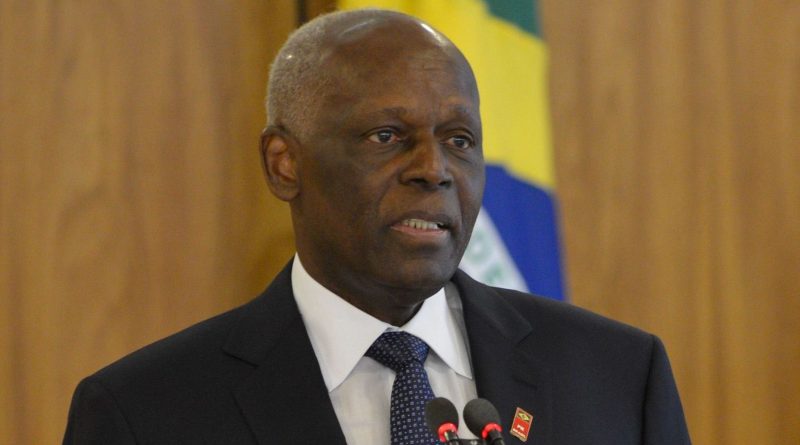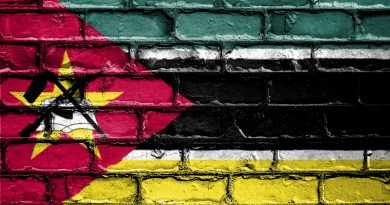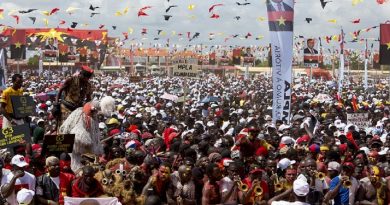Only one man for two jobs: the leadership transition in Angola
Since the legislative elections on 23 August 2017, Angola has been experiencing a new political era. Power transferred from the incumbent President José Eduardo dos Santos (JES), the second-longest serving president in Africa, to Joao Lourenço (JLO), the former defense minister.
For the first time since independence, the two sources of power – the presidency and the MPLA party – are not controlled by the same person, as JES still holds the ruling party leadership. This watershed moment in the country’s political history has stimulated the debate on the so-called dual power (poder bicéfalo) and on the cohabitation of these two strong men. However, this “two strong men” situation will not last long. JES will no longer be the MPLA leader after the party’s Extraordinary Congress, which is already scheduled for September of this year. The process of leadership transition in Angola shows us the puzzling relationship between strong presidents and strong parties in presidential and dominant party systems in Africa.
Angola’s two sources of power: the party and the presidency
Angola is ruled by the MPLA, a former liberation movement which has been shaping the political trajectory of this oil-rich country since its independence in 1975. The MPLA was able to consolidate its hegemonic power with “uncompromising mastery” and with a close symbiosis between the party and the state, despite the long civil war (1975-1991; 1993-2002).[1] Today, the country has a dominant party system, as the MPLA has won every election since the end of civil war in 2002 with more than 60% of the votes.[2]
The country not only has historically dominant party, but also a president with reinforced powers. Until 2017, the two leaderships (party and presidency) have only known two names: Agostinho Neto and, after his death in 1979, JES. The end of the war through MPLA’s military victory combined with an economic boom based on oil prices allowed JES to create a parallel neopatrimonial state gravitating around his presidency and Sonangol, the state-own oil company. This gave the president the power to control and distribute state resources and revenues to his entourage, in particular his family members. Nevertheless, this Big Manruler still needed the party to ensure and strengthen his power, which happened in 2010.
The presidential power boost: the 2010 constitution
On 21 January 2010 the National Assembly, which was dominated by the MPLA,[3] passed – with the boycott of the main opposition party (UNITA) and subject to severe criticisms – a new constitution, which extended the president’s formal powers. Angola no longer has a semi-presidential system, but rather a presidential one. The president is now not only the head of state and the commander-in-chief of the Angolan Armed Forces, but also the head of the executive, as the post of prime minister was abolished.[4] Moreover, this constitution allowed JES to legally remain head of state until 2022.
One of the great changes within this constitution is that the president is no longer directly elected. Instead, the person that heads the list of the party or coalition of parties that receives the most votes in the general election will automatically become president. [5] Although the president “controls everything“, there is one very important detail to keep in mind: the president depends on the support of the majority party which selects him as the head of the party list, and consequently owes obedience to the party and to the party’s leader. In short, the party leadership is very important to the state leadership.
Keep reading the article on the blog Presidential Power.
This is a guest post by Claudia Generoso de Almeida – Researcher at the Center for International Studies of the University Institute of Lisbon (CEI-IUL) – and Benja Satula – Law Professor and Coordinator of the Center for Research in Law at the Catholic University of Angola (UCAN) [1] See Christine Messiant, 2007, “The Mutation of Hegemonic Domination: Multiparty Politics without Democracy,” in Angola, the Weight of History, edited by Patrick Chabal and Nuno Vidal, 93-123, London: Hurst, and Ricardo Soares de Oliveira, 2015, Magnificent and Beggar Land: Angola since the civil war, London: Hurst. [2] 2008, 2012, and 2017 elections. [3] The MPLA had 191 of a total of 220 parliamentary seats. [4] Art. 108 of the constitution. The president also appoints the judges of the Constitutional Court, Supreme Court and the Court Audit (art. 119). [5] Art. 109 of the constitution. The opinions expressed in this blog are solely the authors’ point of view and do not bind the Center for International Studies, its Director or any other researcher. José Eduardo dos Santos / Photo by Fabio Rodrigues Pozzebom/Agência Brasil (cropped)/ CC BY 3.0 br
![]() This work is licensed under a Creative Commons Attribution-NonCommercial-ShareAlike 4.0 International License.
This work is licensed under a Creative Commons Attribution-NonCommercial-ShareAlike 4.0 International License.




